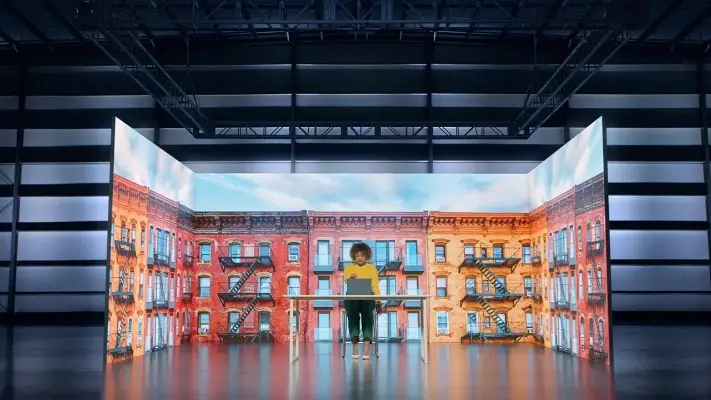Investigating the Crucial Factors That Affect Color Uniformity in LED Panel Panels for Ideal Visual Performance
Investigating the Crucial Factors That Affect Color Uniformity in LED Panel Panels for Ideal Visual Performance
Blog Article
Color consistency in light-emitting diode wall screens is crucial for achieving optimal optical performance. light-emitting diode wall screens are widely used in various settings, including concerts, conferences, and promotional showcases. When the hues on these screens are consistent, they create a more engaging and immersive experience for viewers. Several key elements affect color consistency, including the caliber of the light-emitting diode components, tuning procedures, and surrounding conditions.
The quality of the LED components plays a significant role in color consistency. Different types of LEDs emit light at different wavelengths, which can affect the total color output. High-quality LEDs are engineered to produce a more uniform light spectrum, resulting in better hue precision. Additionally, the production method of these LEDs can impact their performance. Panels made with superior materials and techniques tend to have less hue differences, guaranteeing that the displayed images and videos look lively and faithful to reality.
Calibration is another crucial factor in preserving hue consistency in LED wall screens. Tuning involves adjusting the configurations of the screen to ensure that the colors shown match the intended appearance. This process can consist of adjusting brightness, contrast, and hue equilibrium. Regular calibration is essential, especially in settings where lighting factors vary frequently. By tuning the screens, technicians can fix any inconsistencies in color output, resulting to a more consistent observing experience.
Environmental conditions also affect color uniformity in light-emitting diode wall panels. Factors such as surrounding light, temperature, and humidity can affect how hues are perceived. For instance, bright ambient light can wash out hues, making them look more lively. Similarly, harsh heat can affect the performance of the light-emitting diodes, resulting to hue shifts. To mitigate these problems, it is essential to install light-emitting diode wall screens in controlled settings where lighting and temperature can be controlled efficiently.
Finally, the design click this link now and layout of the light-emitting diode wall panels can affect hue uniformity. The configuration of the panels, as well as the distance from which they are viewed, can create variations in hue perception. When screens are placed too far apart or at varied angles, viewers may detect discrepancies in hue. To obtain the best visual performance, it is important to consider the positioning and alignment of the screens during setup. By addressing these factors, operators can guarantee that their light-emitting diode wall screens provide a consistent and high-quality visual experience.